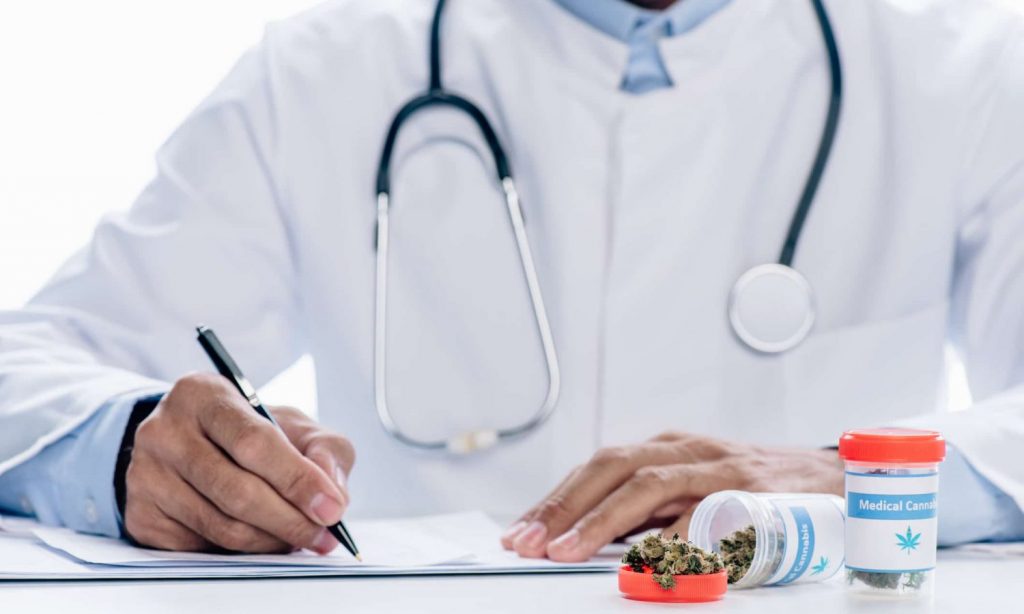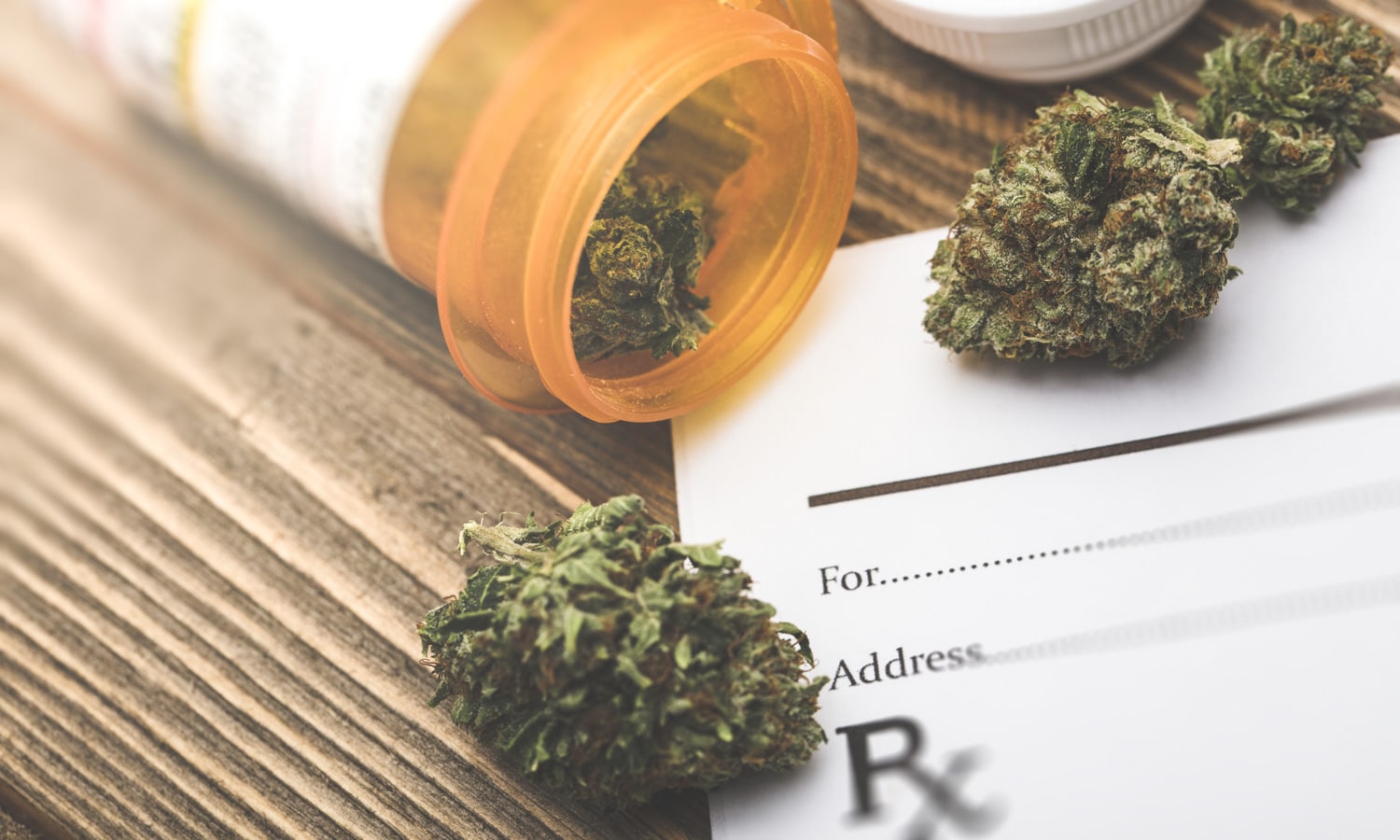It’s not the doctors or the patients who stand against the adoption of cannabis medicines. Instead, it is outdated legislation.
While medical cannabis is available in over half of the states in America, federal law prohibits the substance. According to the government, cannabis is a Schedule 1 substance, which means they consider it an addictive material with no medical value. Yet, as America is continuing to notice, millions use cannabis medicinally.
According to a recent Florida study published in the journal Complementary Therapies in Medicine, the largest barrier to cannabis use is an average cost of $200 to $300 a month, which is not covered by insurance. Of the 196 respondents surveyed, 89% said they had a regular doctor, yet only 9% of respondents said that doctor was the same one who prescribed medical cannabis. Most respondents reported supportive reactions when they informed their doctor of their cannabis use.
Thus, it is not the doctors or the patients who stand against the adoption of cannabis medicines. Instead, it is outdated legislation that doesn’t allow insurance companies to cover their customers’ preferred medicine. Similar laws don’t allow doctors full access to data or permission to discuss cannabis with their patients.

Full Spectrum Approaches Lead To Full Spectrum Results
Many patients checked off various conditions that they treated with cannabis, including depression, chronic pain, arthritis, nausea, spasms, and migraines. These conditions comprised 70% of those listed by patients. However, when asked a follow-up question about what other conditions cannabis could treat, anxiety, PTSD, insomnia, and irritable bowel syndrome were listed.
RELATED: Medical Marijuana Not Always An Affordable Alternative To Prescription Drugs
Perhaps the best features of the study are quotes from the patients. One illustrates what it’s like purchasing cannabis without support from his insurance, explaining: “I think they can afford to give me $300 or $400 a month for me to buy my cannabis. How many dollars is Medicare and insurance companies saving because we voluntarily left their racket and we’re saving our own money, and we’re not getting any reimbursement at all? We can’t claim it on our taxes. We can’t get reimbursement anywhere. That’s not right.”
A female patient further illustrated the poor access, stating: “We don’t have access to all the cool strains that South Florida and Eastern Florida have. I don’t know why, because at the same dispensaries, they just don’t give us the products that other places have, and they don’t stock it. I mean, truly it is the main place here in Florida. Why on earth don’t they stock their dispensaries up here? Why are we less important than South Florida?”
RELATED: Getting Medical Marijuana Can Sometimes Be Tricky — Here’s How To Navigate
Cannabis is a much desired alternative medicine that people are struggling to afford. The study also concluded that patients were using cannabis to treat a variety of conditions at once, rather than a specific issue, as insulin would. This furthers the idea that cannabis is a holistic medicine, affecting the whole body.
While cannabis is a valid alternative to opiates for the management of pain, it may also help to deal with nausea while improving mood and quality of life. Further research could track cultivar-specific effects over months to illuminate the broader picture of cannabis’s effects. Otherwise, the Florida research is another step in the right direction by a leading economy.


